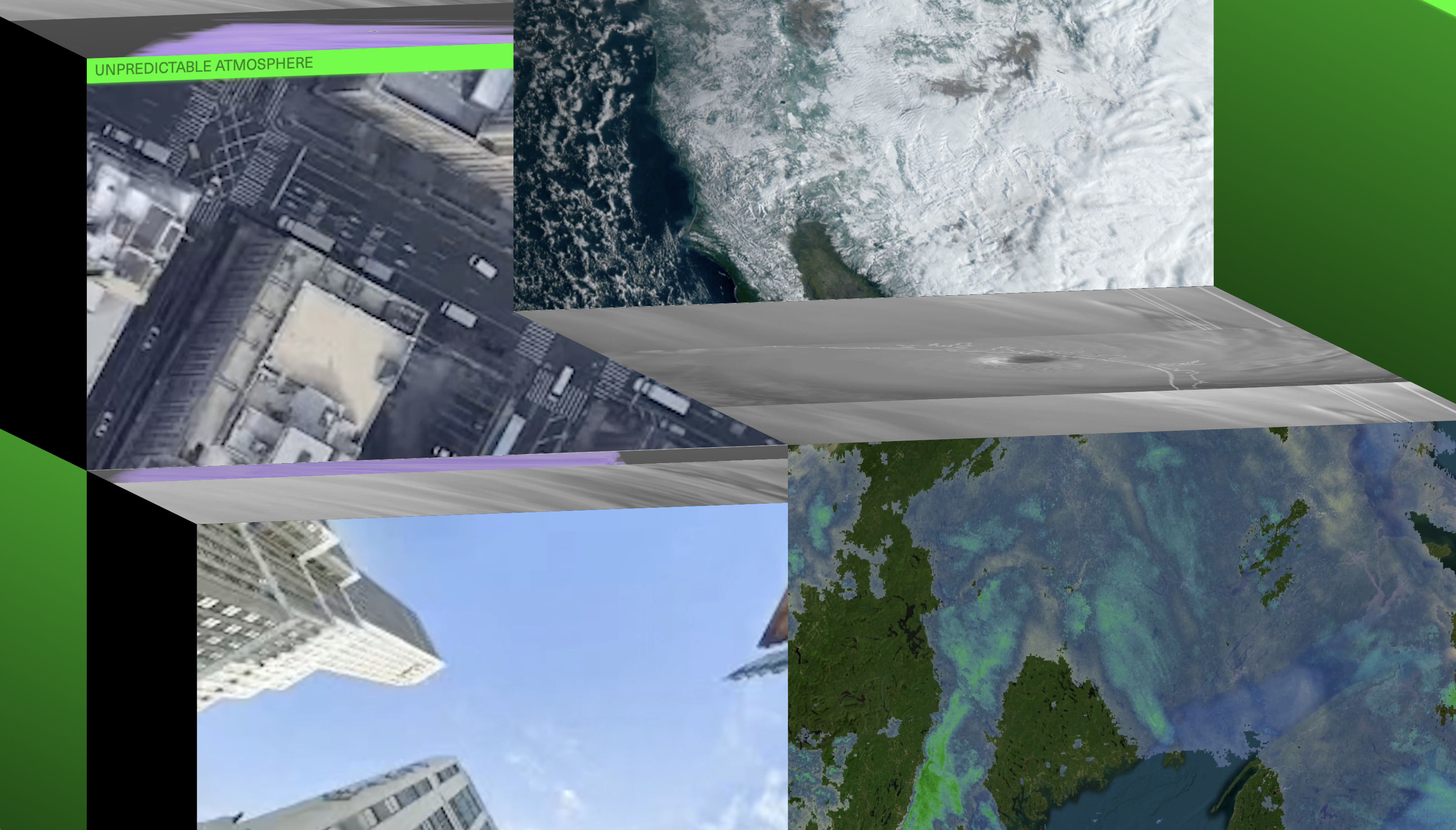Katy Mersmann, "Harvey Was TD-09—Atlantic Ocean,” NASA, September 13, 2017. See ➝.
The average annual activity during the Atlantic hurricane season is characterized by approximately 14 named storms, with about half of these intensifying into hurricanes. Recent observations indicate that an average of 3 to 5 hurricanes make landfall in the United States each year, though this number exhibits variability based on specific annual weather patterns and oceanic conditions. National Hurricane Center and Central Pacific Hurricane Center, “U.S. Hurricane Strikes by Decade,” see ➝.
In 2023, there were 28 confirmed weather/climate disaster events with losses exceeding $1 billion each to affect the United States. NOAA National Centers for Environmental Information (NCEI), "U.S. Billion-Dollar Weather and Climate Disasters” (2024), see ➝.
The radio spectrum is the radio frequency (RF) portion of the electromagnetic spectrum. In the United States, regulatory responsibility for the radio spectrum is divided between the Federal Communications Commission (FCC) and the National Telecommunications and Information Administration (NTIA).
NOAA Administrator Neil Jacobs testified to Congress that the FCC auction has the potential to degrade meteorological forecasting ability by around 30%, and decrease the hurricane forecast lead time by 2 to 3 days. Sarah E. Benish et al., “Policy Memo: The Impact of Emerging 5G Technology on U.S. Weather Prediction,” Journal of Science Policy & Governance 17, no. 2 (October 17, 2020).
The extent of water vapor and moisture level in the atmosphere indicates the shifts in sea surface conditions, land drought occurrences, behavior of polar ice caps, and positions of tropical cyclones. Without a clear understanding of water vapor patterns, it becomes difficult to isolate the potential sources or sinks for warming or cooling in the atmosphere.
In 1993, the FCC gained authority from Congress to auction radio frequency licenses, a pioneering strategy that not only achieved a Nobel Prize in 2020 for its innovation, but also contributed significantly to government finances, generating approximately $230 billion for the Treasury.
“Auction 102– 24 GHz,” FCC Public Reporting System, see ➝.
"Auction 102: Spectrum Frontiers – 24 GHz,” Federal Communications Commission, see ➝.
Jordan Gerth, "Testimony before the House Committee on Energy and Commerce," July 20, 2021, see ➝.
Paul N. Edwards, A Vast Machine: Computer Models, Climate Data, and the Politics of Global Warming (Cambridge, MA: MIT Press, 2010).
“Broad Agency Announcement: Ground Processing Demonstrations (GPD),” NOAA, April 13, 2023, see ➝.
Narayan Mandayam et al., “SWIFT: Enabling Spectrum Coexistence of 5G mmWave and Passive Weather Sensing," Rutgers University Wireless Information Network Laboratory, October 1, 2021, see ➝.
Bruno Latour, Science in Action: How to Follow Scientists and Engineers Through Society (Cambridge, MA: Harvard University Press, 1987).
Jordan Gerth, “Scientific & Meteorological Use of Spectrum,” Presentation at the 2022 National Spectrum Management Association (NSMA) Conference 2022, University of Wisconsin & NOAA.
Edwards, A Vast Machine.
“Open Science at NASA,” NASA, see ➝.
